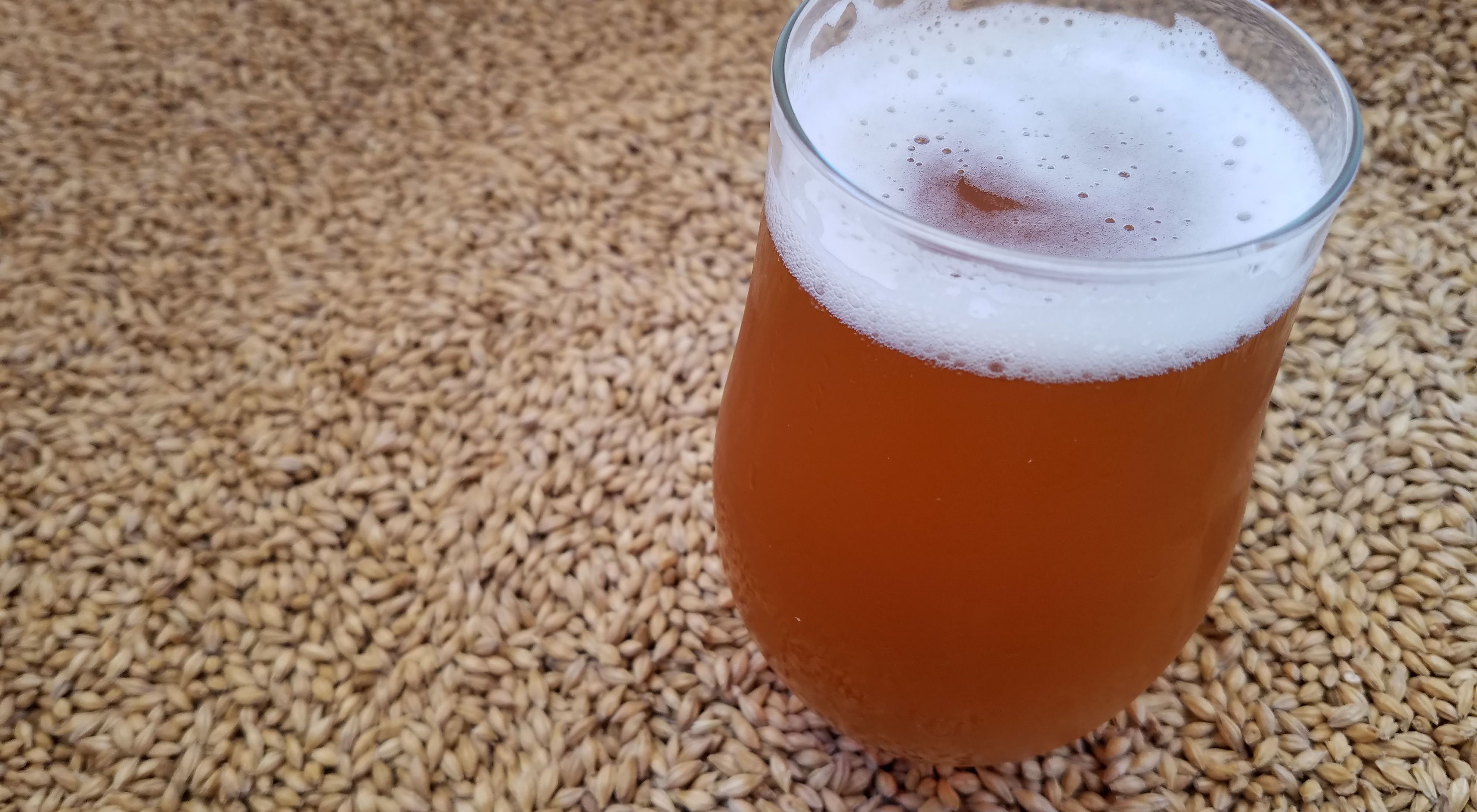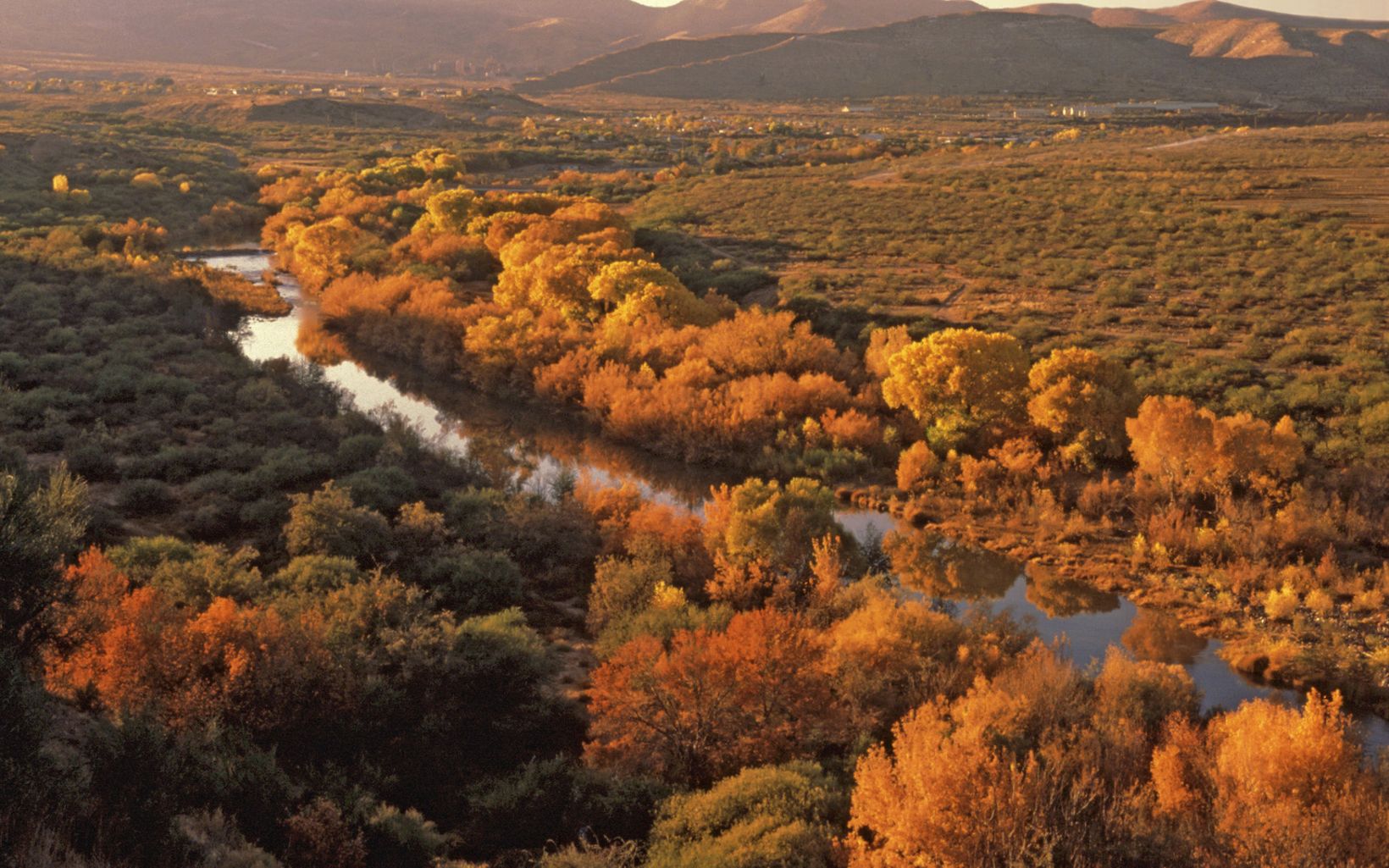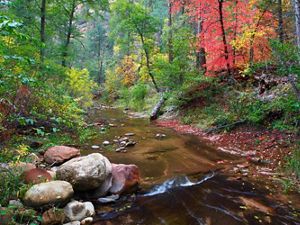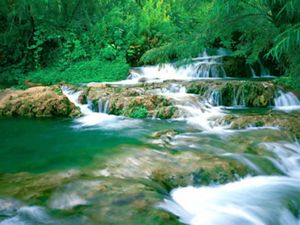How Growing Barley for Beer Could Help Save the Verde River
Sinagua Malt House is teaming up with farmers and brewers to create demand for less water intensive crops.
Nothing Compares to the Verde River
Chip Norton prefers being on the water to anything else. Moving his boat through the rapids and observing nature helps to clear his head. That’s why he was devastated to think the Verde River could stop flowing during Arizona’s summers, due to increasing water demand, drought and climate changes.
“The river is my happy place,” says Chip, a river recreationist turned conservationist. “I’ve rafted in Alaska and fly-fished in Idaho. Nothing compares to the Verde when it comes to diversity.”
Quote: Chip Norton
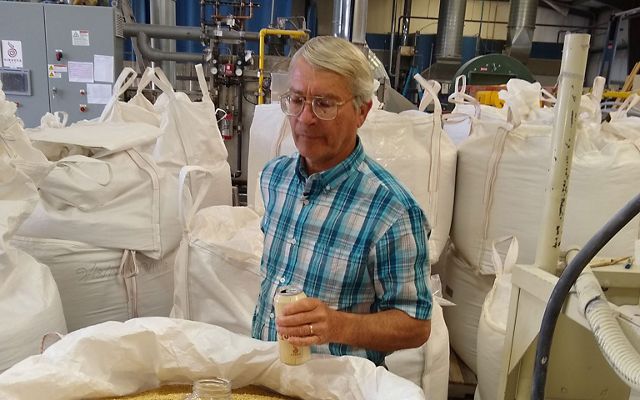
Nothing compares to the Verde when it comes to diversity.
The Verde River is embraced by cottonwoods and willows and supports a wide array of wildlife such as bobcat and mule deer. You’ll also find more than 250 species of birds including southwestern willow flycatchers and yellow-billed cuckoos. The river runs 185 miles from central Arizona to the Phoenix metropolitan area, supplying water for drinking, and agriculture for more than 4 million people. For Chip and other recreationists, the Verde is not only a source of drinking water, it’s also a respite.
Chip considers himself pretty lucky because he lives close to the Verde. He can hike, bird watch and kayak whenever he wants.
The Verde River
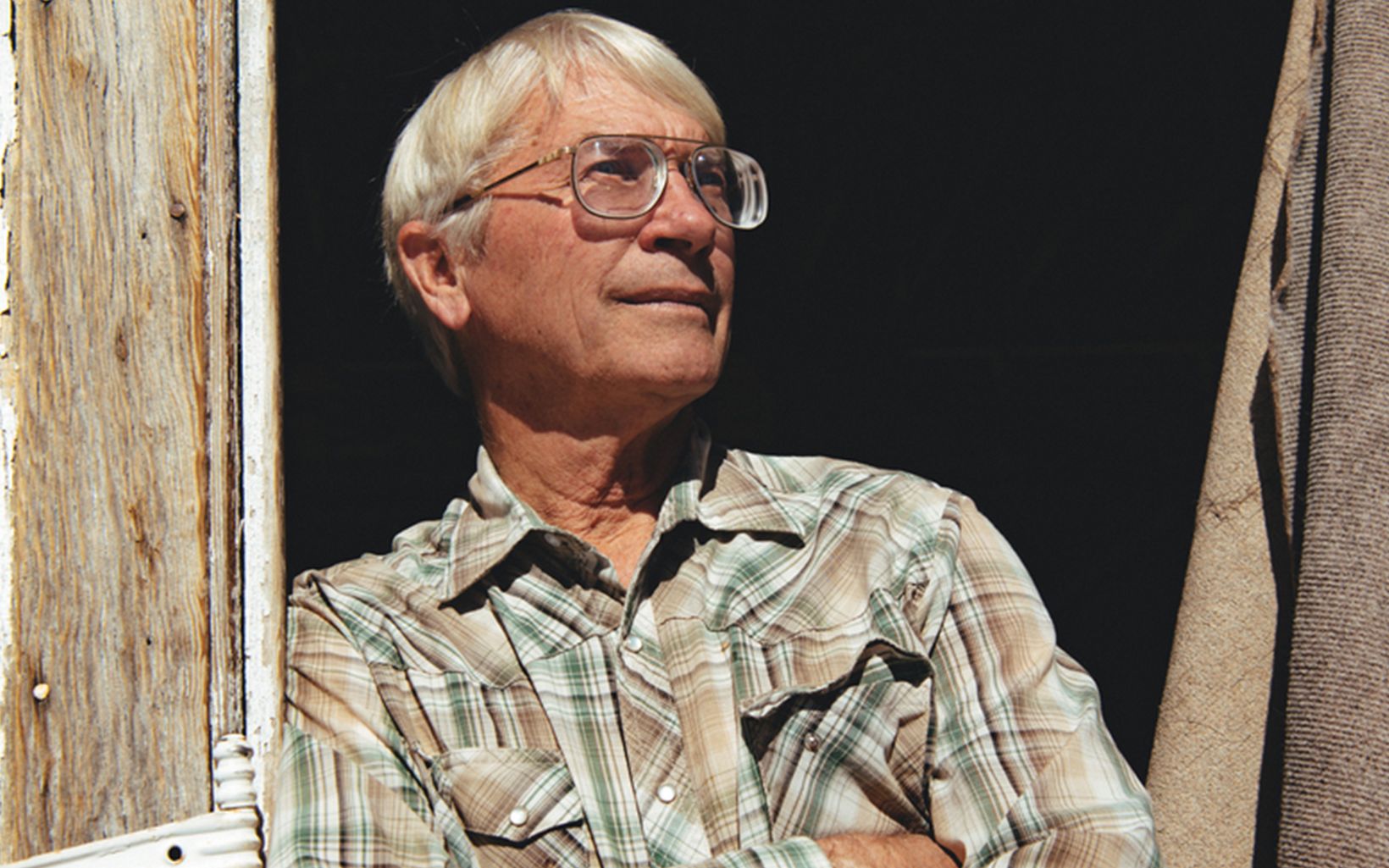
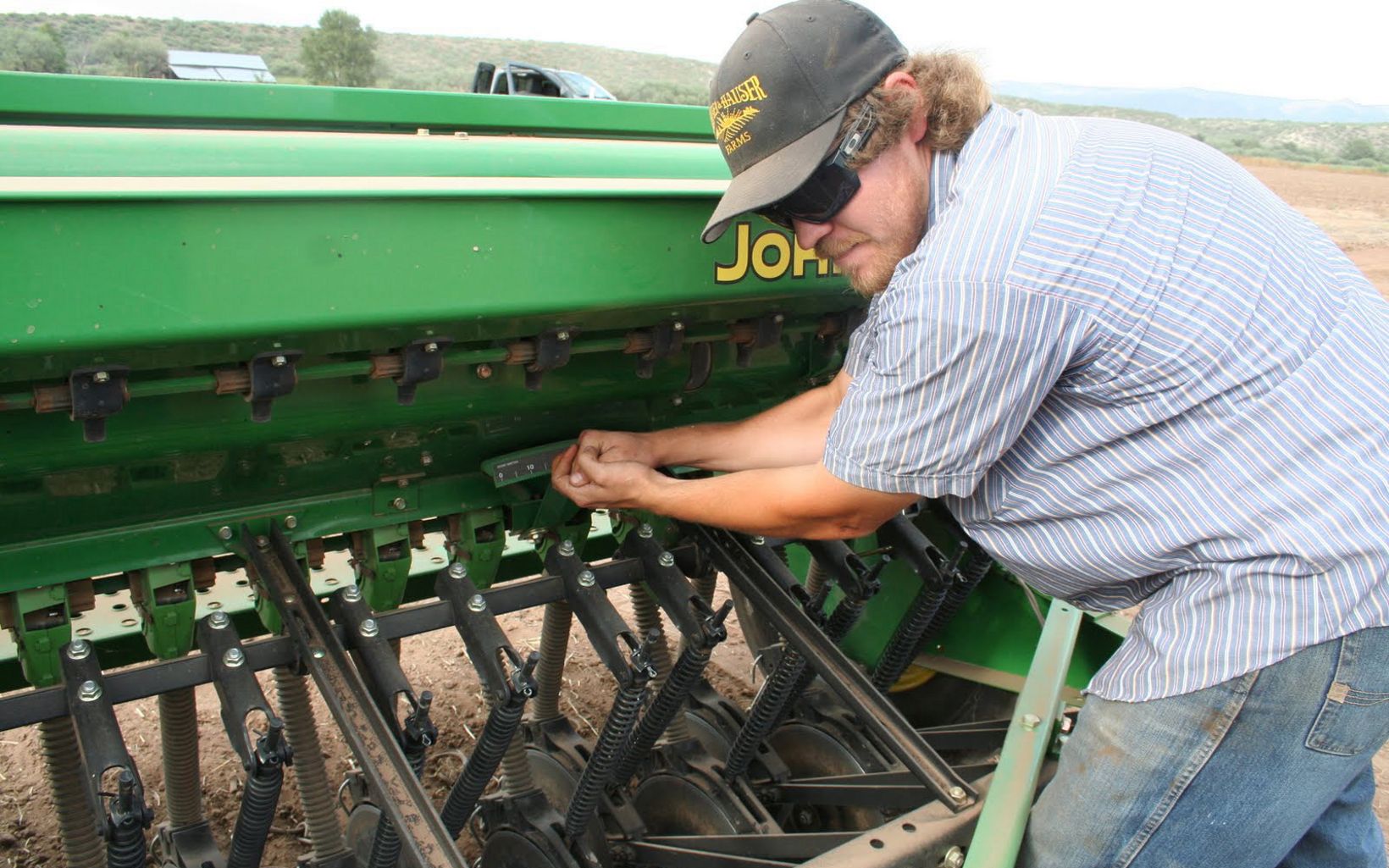
Low Water Levels Threaten Recreation and Environment
“One day, about 10 years ago, I wasn’t able to kayak the river because there wasn’t enough water,” he says. “It also smelled like sewage. It was alarming and upsetting; I was afraid the river would dry up.”
So, Chip jumped into action. He engaged with a local non-profit called Friends of the Verde River, a tremendous collaborative effort between community leaders, locals, ranchers, farmers, businesses, government agencies and non-profits, to protect and restore the Verde River. Conservation projects range from new water management technology to market-based agreements to reduce a business’s impact on streamflow.
Chip made his mark on innovative river conservation in late 2017 when he helped shift the market’s appetite from water intensive crops, like alfalfa and corn, to low water demand barley crops.
Switching Crops to Protect Water
Working with Kim Schonek, Verde River Project Director for The Nature Conservancy’s Arizona Chapter, Chip spent countless hours advocating for irrigation practices that used less water while increasing crop productivity and helped initiate a pilot project to switch from high to low water demand crops.
Enter the Hauser family, multi-generational farmers who depend on the river for their livelihood. They know its value extends beyond local agriculture and work to project it as a defining feature of their community. They were willing to switch crops for the pilot project and test the local market for barley.
Sinagua Malt
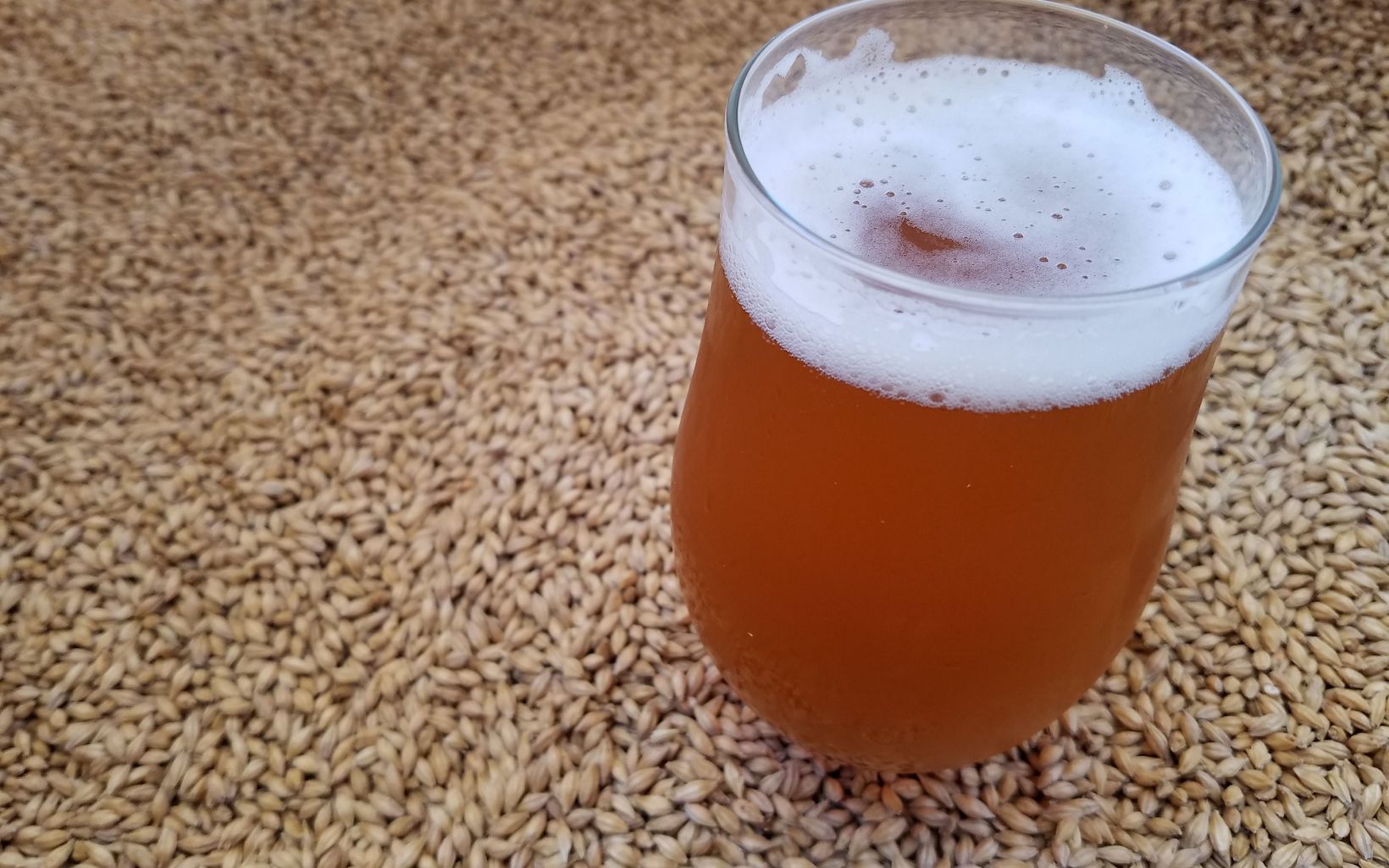
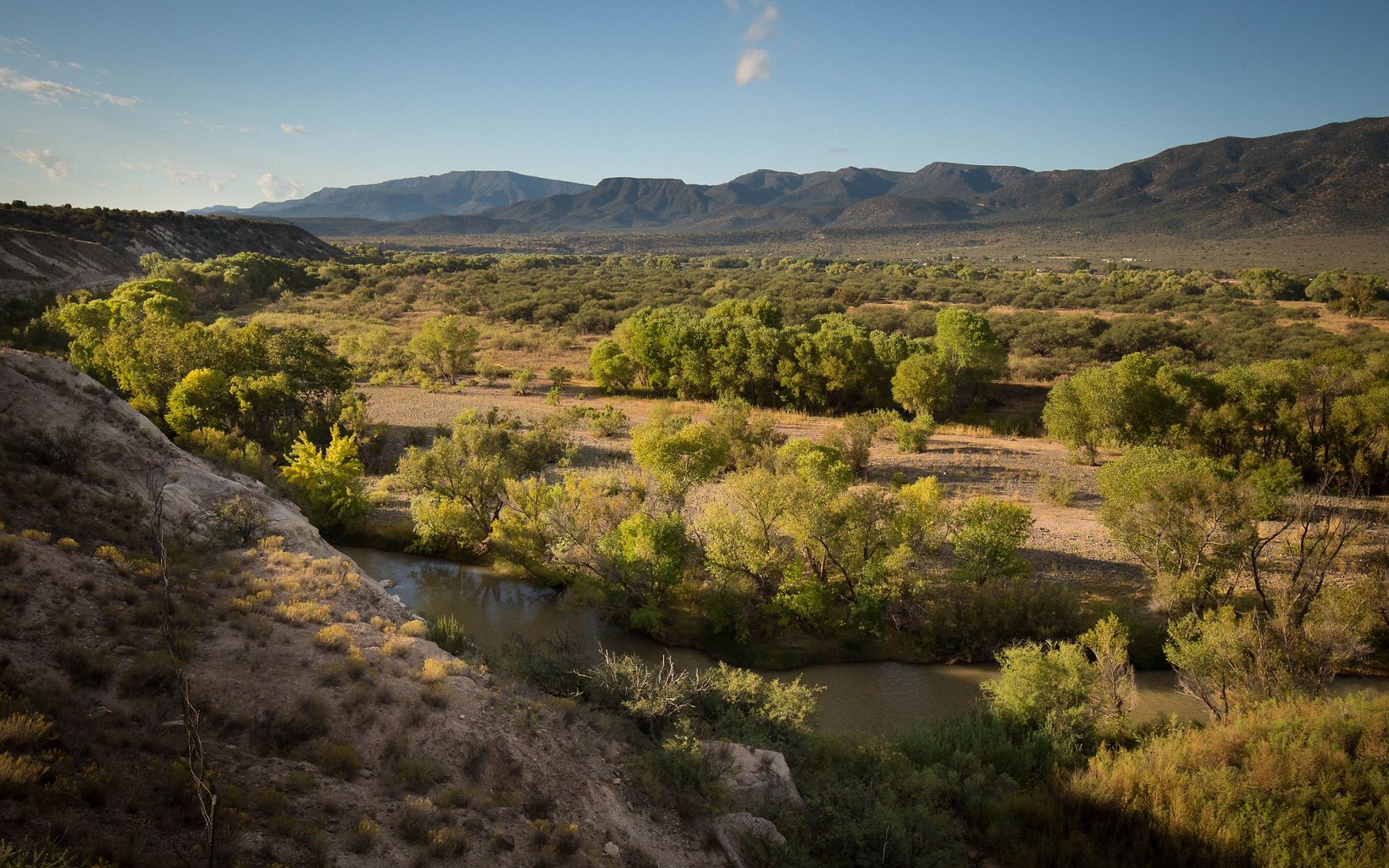
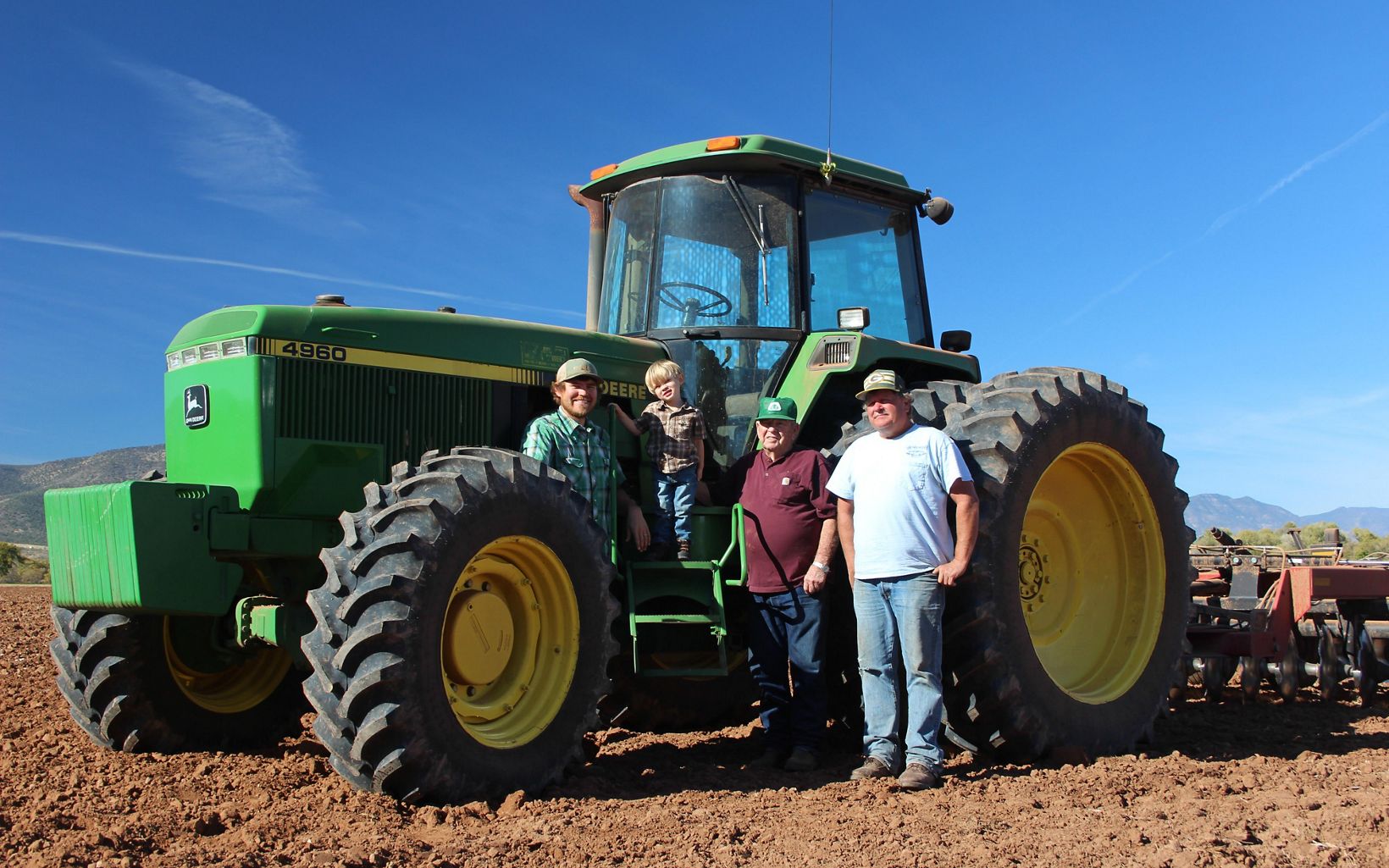
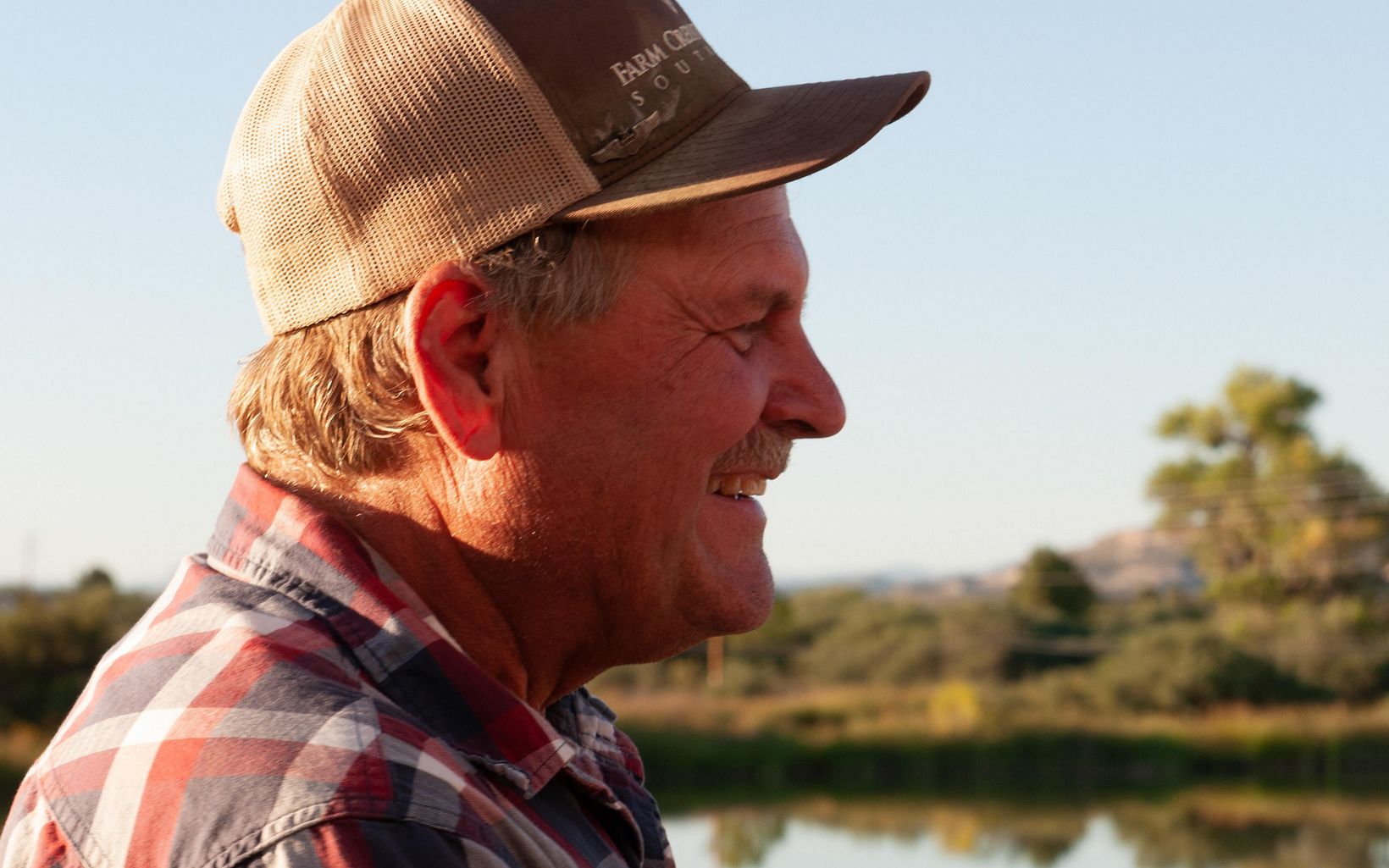

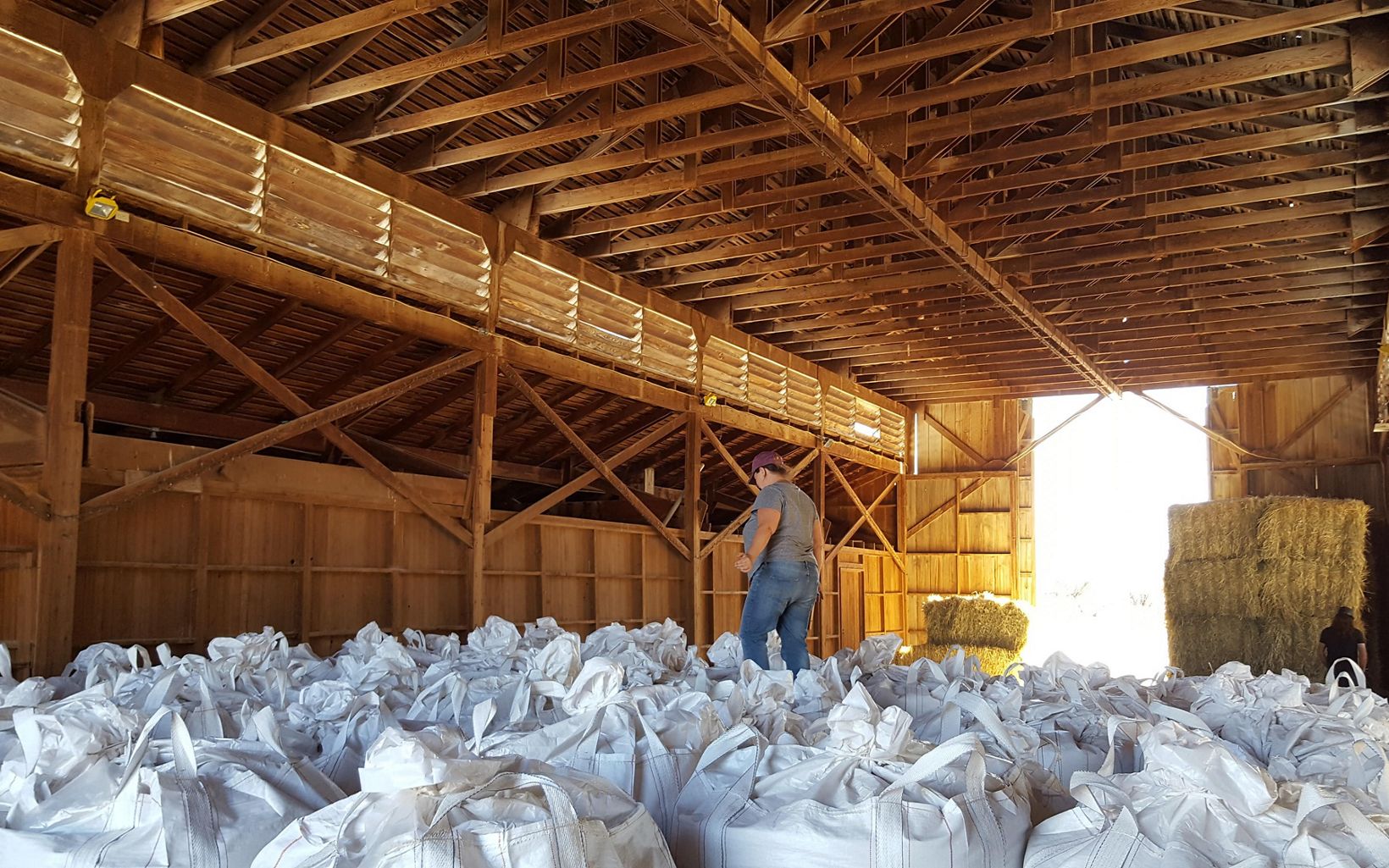
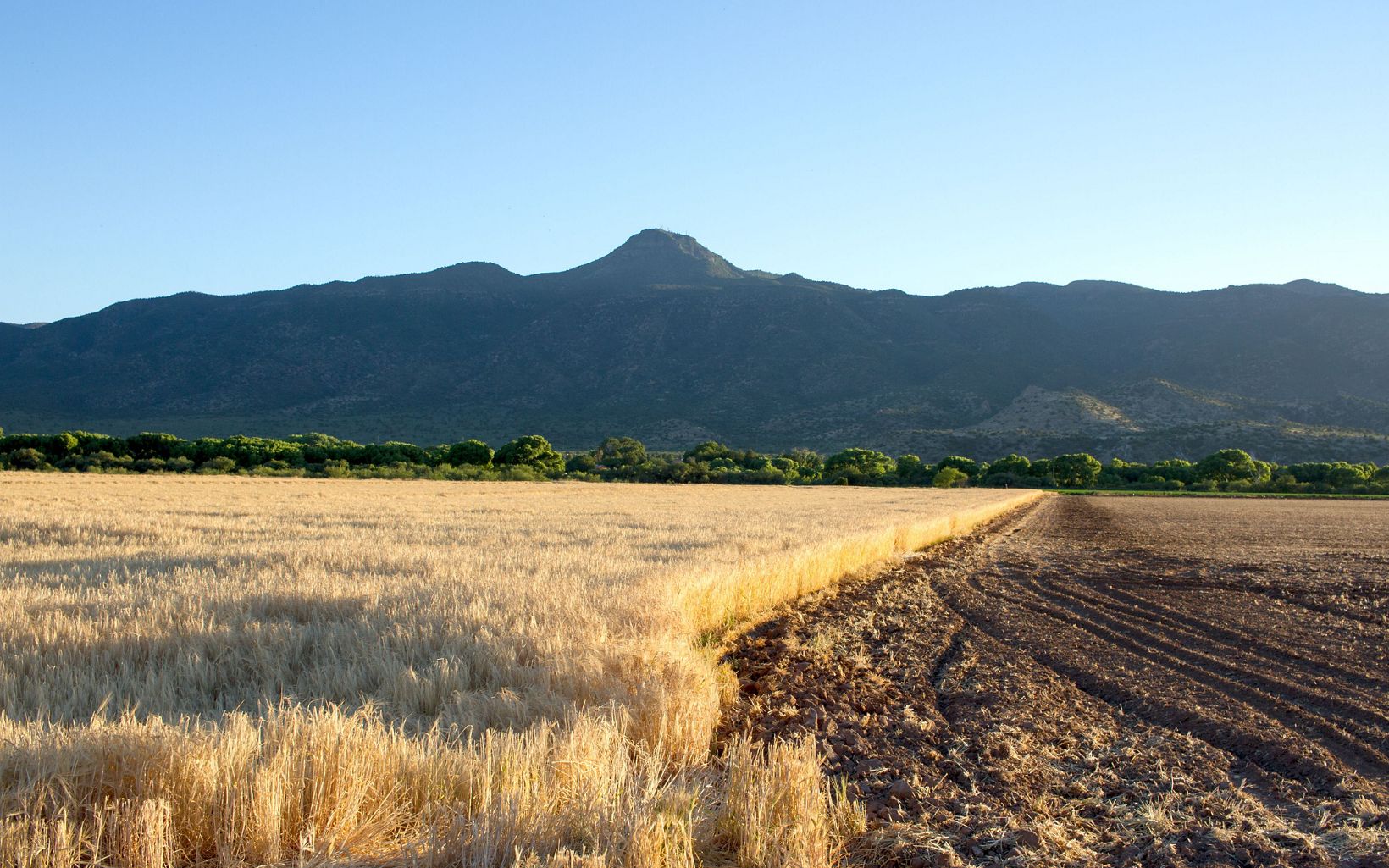







Launching Sinagua Malt
To encourage demand for barley, Chip founded Sinagua Malt and invested in a four-ton barley malting tank. Stepping out of retirement, Chip borrowed from his savings to try something no one has ever done in Arizona—building a commercial malt house to support local breweries. It was a huge monetary investment and business risk, not to mention and overwhelming time commitment, but it has paid off.
“You cannot imagine the work that went into building the Sinagua Malt House,” remarks Chip with a tired smile. “On top of building this place from the bottom up, we had to go through all kinds of regulatory hoops and run countless malting tests. Oh, and we had to make sure the barley grown in this region would meet the demands of local brewers.”
To be successful, brewers had to be on board. It was critical that the flavor was spot on and people would buy Sinagua Malt’s product. When brewers gave the green light, the Hausers upped the ante, moving to 150 acres of barley from the original 14-acre test plot.
This move fundamentally changed the local agricultural market by creating a demand for malt barley and allowing farmers to successfully switch to growing barley crops. The change has kept tens of millions of gallons of water in the Verde.
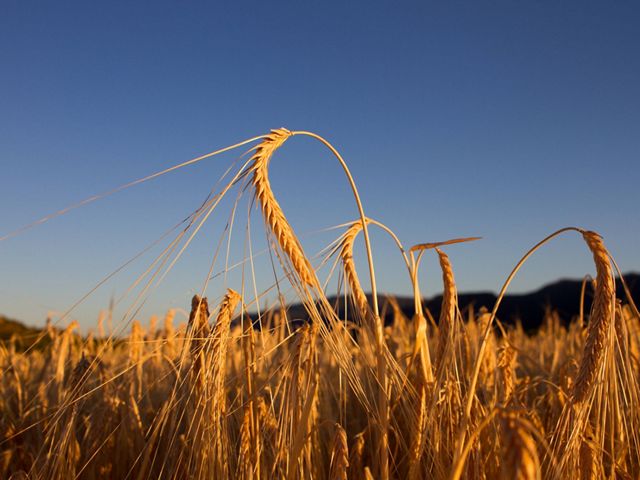
The Benefits of Barley
Barley—used in cereals, baked goods and livestock feed—requires less water than traditional crops like corn and alfalfa. The peak water use for barley is in March, when the Verde River experiences peak flows. For corn and alfalfa, the peak water use is in June, when the river is most stressed and low flows fractionalize the habitat for fish and wildlife.
Supporting the creation of a new market for barley is just one of the successes of the Salt and Verde River Alliance.
Cheers to That!
The Nature Conservancy provided project support throughout the transition from traditional crops of alfalfa and corn to barley. Now that Sinagua Malt is up and running full speed, it will be able to source grain from local farmers with payments that will match or exceed revenue from traditional crops.
In addition to the water savings, the icing on the cake is that people from Phoenix to Flagstaff tipped back 338,800 pints of craft beer made with Sinagua Malt in 2018. We can all raise a glass to that!
